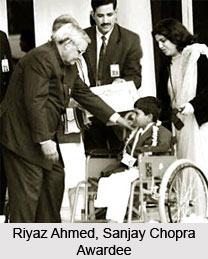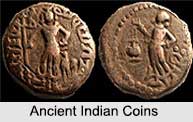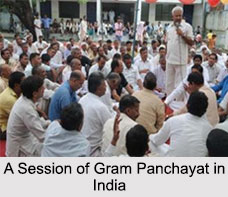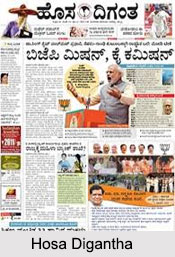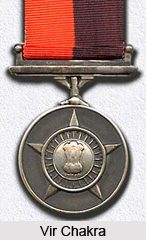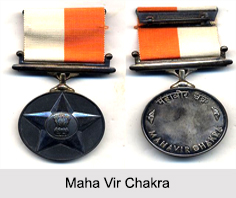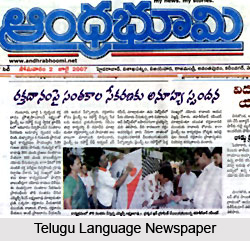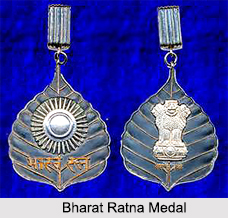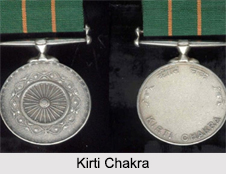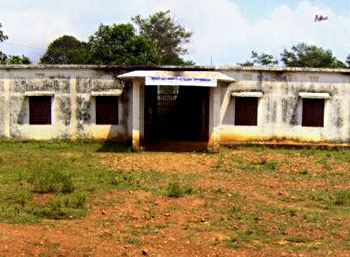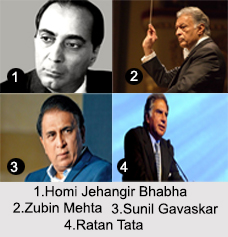Saptanga theory of state refers to the seven limbs of the state. The seven angas are: King,
Amatya or Bureaucrats; Janapada or territory; Durga or Fort; Kosa or treasure; coercive authority and ally. According to Kautilya King is independent and his responsibility for peace, justice and stability is stressed.
Bureaucrats were the officer cadre who were responsible to run the administration. Several bureaucrats were designed in order to discharge the public affairs. The most important amongst were the departmental head and the ministers. These ministers were consulted while making and implementing decisions. They were summoned along with the ministers during emergency. This assembly was like a parliament and advised the king during war and peace. However he was not bound by their advice.
Janapada consisted of both population and territory. It should have a good climate, fertile lands, industrious peasants and loyal people. Fort contains the capital of the kingdom. Treasure was formed due to taxation by legal means. Powerful authority includes army having four categories of soldiers. It includes hereditary, hired, forest, corporation soldier. It also had four limbs: infantry, chariots, cavalry and elephant. Ally could be hereditary, should be ready for help when required and trust worthy.
Saptanga theory was created by the Brahmanical school of thought. It includes all the four elements of the modern definition of state.
This article is a stub. You can enrich by adding more information to it. Send your Write Up to content@indianetzone.com





